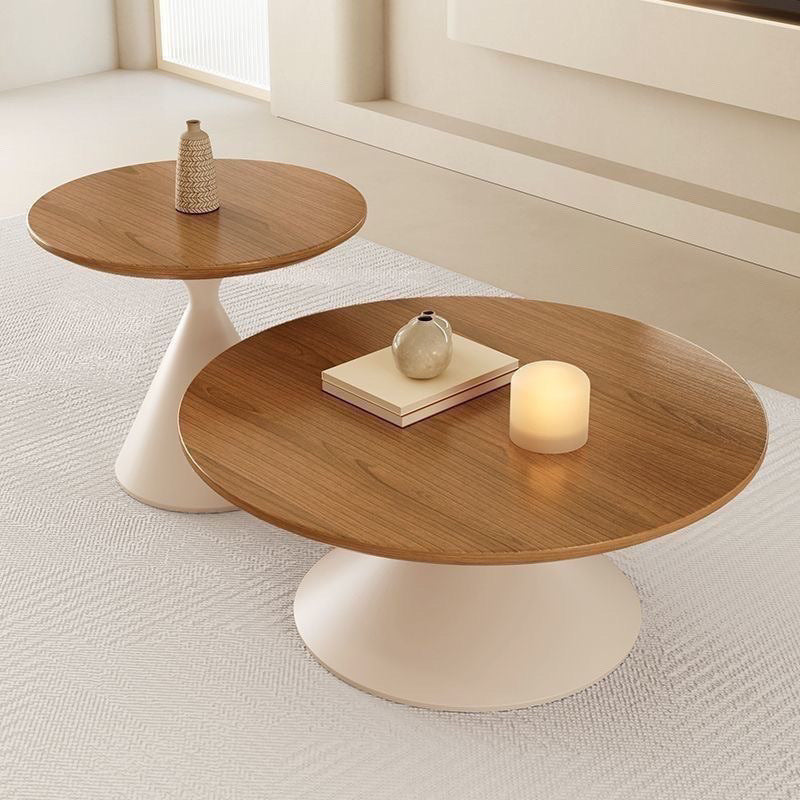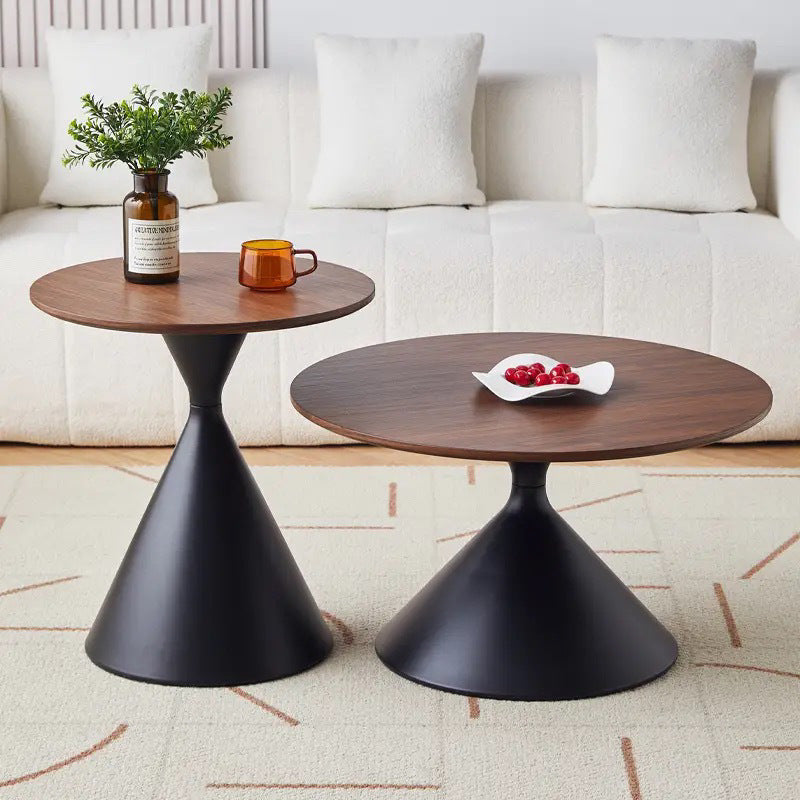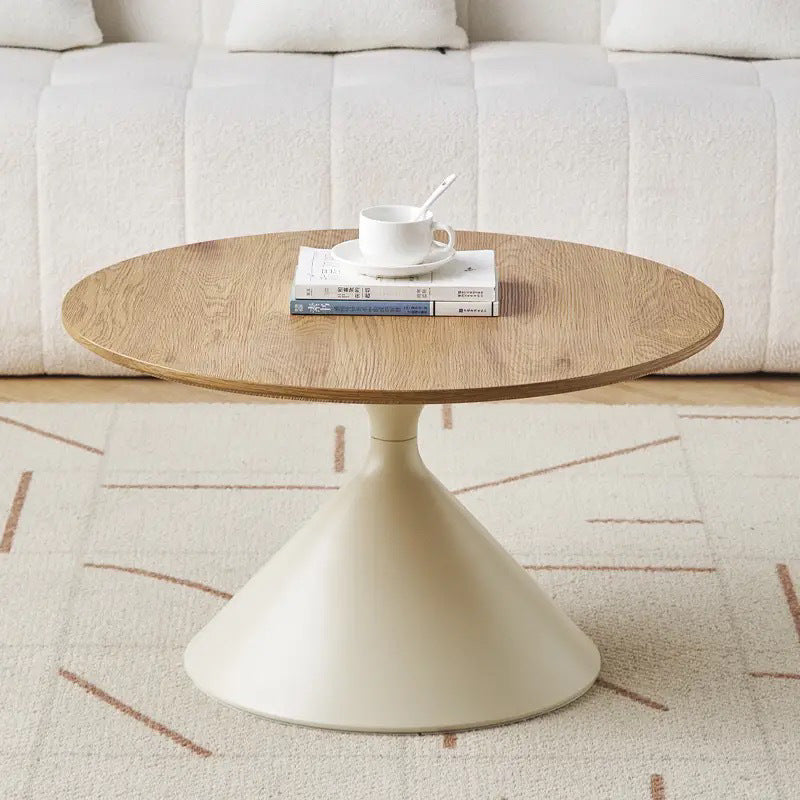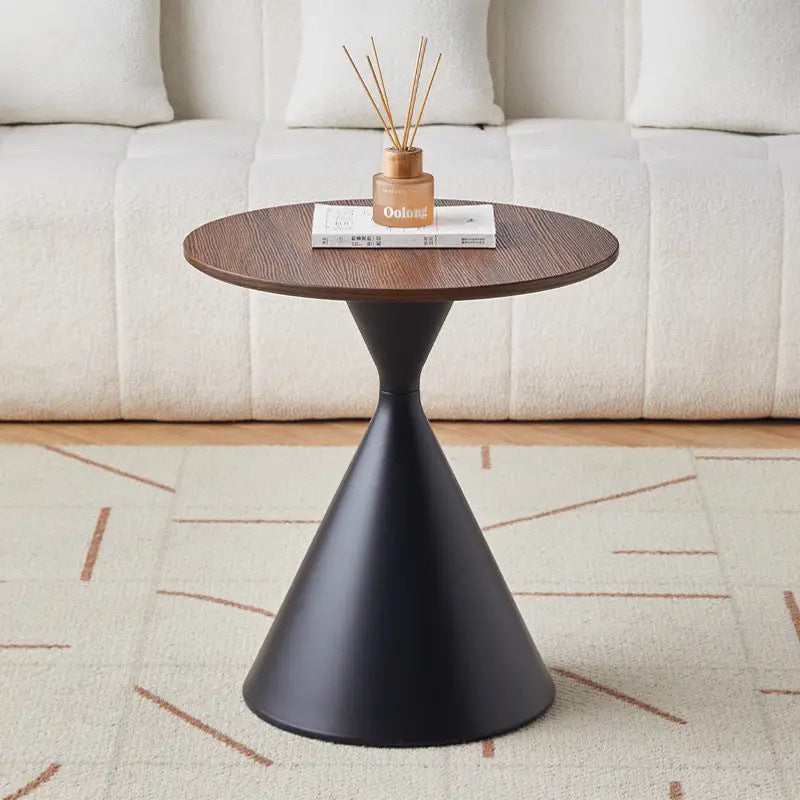sweethome1129
wood dinner/tea table in circle shape for guest house with high quality for sale
wood dinner/tea table in circle shape for guest house with high quality for sale
Couldn't load pickup availability
Here’s a detailed breakdown of the advantages of a wood tea table.
1. Aesthetic and Sensory Appeal
· Natural Warmth and Beauty: Wood brings an organic, calming warmth to a space that materials like glass or metal cannot replicate. The natural grain patterns and colors make each table unique.
· Tactile Comfort: The feel of wood is pleasant to the touch—it doesn't feel cold or harsh like glass or stone. This enhances the comfort and ritual of tea preparation.
· Versatile Styles: Wood can be crafted to fit any decor style, from the ornate carvings of a traditional Chinese zhuozi to the clean lines of a Scandinavian or Japanese-style table.
· Aging Gracefully: High-quality wood develops a beautiful patina over time. Scratches and minor stains can become part of its character and story, unlike other materials where damage is just a flaw.
2. Durability and Longevity
· Inherent Strength: A well-made solid wood table (e.g., teak, oak, walnut, elm) is incredibly sturdy and can last for generations with proper care.
· Repairable: Unlike laminate or plastic, wood can be easily repaired. Scratches can be sanded out, dents can be steamed, and the surface can be re-oiled, re-stained, or re-varnished to look new again.
3. Functional Benefits for Tea Drinking
· Heat Resistance: Wood has excellent thermal insulation properties. It protects surfaces underneath from hot teapots and won't transfer heat to your hands or lap like metal. It's also less likely to cause thermal shock to a delicate teapot compared to a cold, hard surface.
· Sound Dampening: The clinking of porcelain and metal tea ware is softened on a wooden surface, contributing to a more serene and quiet tea atmosphere.
· Built-in Functionality: Many traditional wood tea tables (like Chinese gongfu tea tables) are designed with built-in drainage trays or troughs, making the process of brewing and rinsing tea ware incredibly convenient and tidy.
4. Environmental and Health Considerations
· Sustainability: Wood is a renewable resource, especially when sourced from responsibly managed forests (look for FSC certification). At the end of its long life, it is biodegradable.
· Non-Toxic: A properly finished wood table with food-safe oils or lacquers is a non-toxic surface for your tea ware. You don't have to worry about chemical off-gassing from plastics or composites.
5. Cultural and Spiritual Significance
· Connection to Tradition: Wood has been the primary material for tea ceremony furniture in cultures like China and Japan for centuries. Using a wood table creates a tangible link to these ancient practices and philosophies.
· Grounding Effect: The natural element of wood is often associated in Eastern philosophies with growth, vitality, and grounding. This can enhance the meditative and mindful aspect of the tea ritual.
---
Potential Disadvantages to Consider (and Mitigate)
For a balanced view, it's important to know the potential downsides, though most are manageable.
· Susceptibility to Moisture and Stains: Spilled tea or water can leave watermarks or cause warping if not wiped up immediately.
· Mitigation: Use coasters, trays, and promptly wipe spills. Choose woods with natural oils (like teak) or a protective, waterproof finish.
· Requires Maintenance: Wood may need occasional oiling or polishing to maintain its luster and protection.
· Mitigation: This maintenance is simple and infrequent, and many see it as part of the caring ritual of owning a beautiful object.
· Weight: Solid wood tables can be very heavy, making them difficult to move.
· Cost: High-quality solid wood tables are generally more expensive than those made from MDF, plastic, or lower-quality materials.
Types of Wood and Their Specific Advantages
· Teak: Highly resistant to moisture and rot, making it ideal for tea tables. Durable and has a beautiful, natural oily sheen.
· Oak: Extremely strong and hard-wearing with a prominent grain. A classic, long-lasting choice.
· Walnut: Prized for its rich, dark color and straight grain. Offers a luxurious and modern look.
· Elm / Zitan (Rosewood): Often used in high-end Chinese furniture. These woods are incredibly dense, have beautiful grain, and are highly valued.
· Bamboo: A fast-growing, sustainable grass. It's very hard and durable, with a distinct modern-Asian aesthetic.
· Acacia: Known for its striking grain patterns and hardness. It's a popular and affordable choice for a rustic or live-edge look.
Conclusion
The advantages of a wood tea table are profound. It is not merely a functional piece of furniture but an investment in an experience. It enhances the aesthetics of your space, provides a durable and practical surface for brewing, and connects you to a long tradition of tea culture. The warmth, character, and
Share







